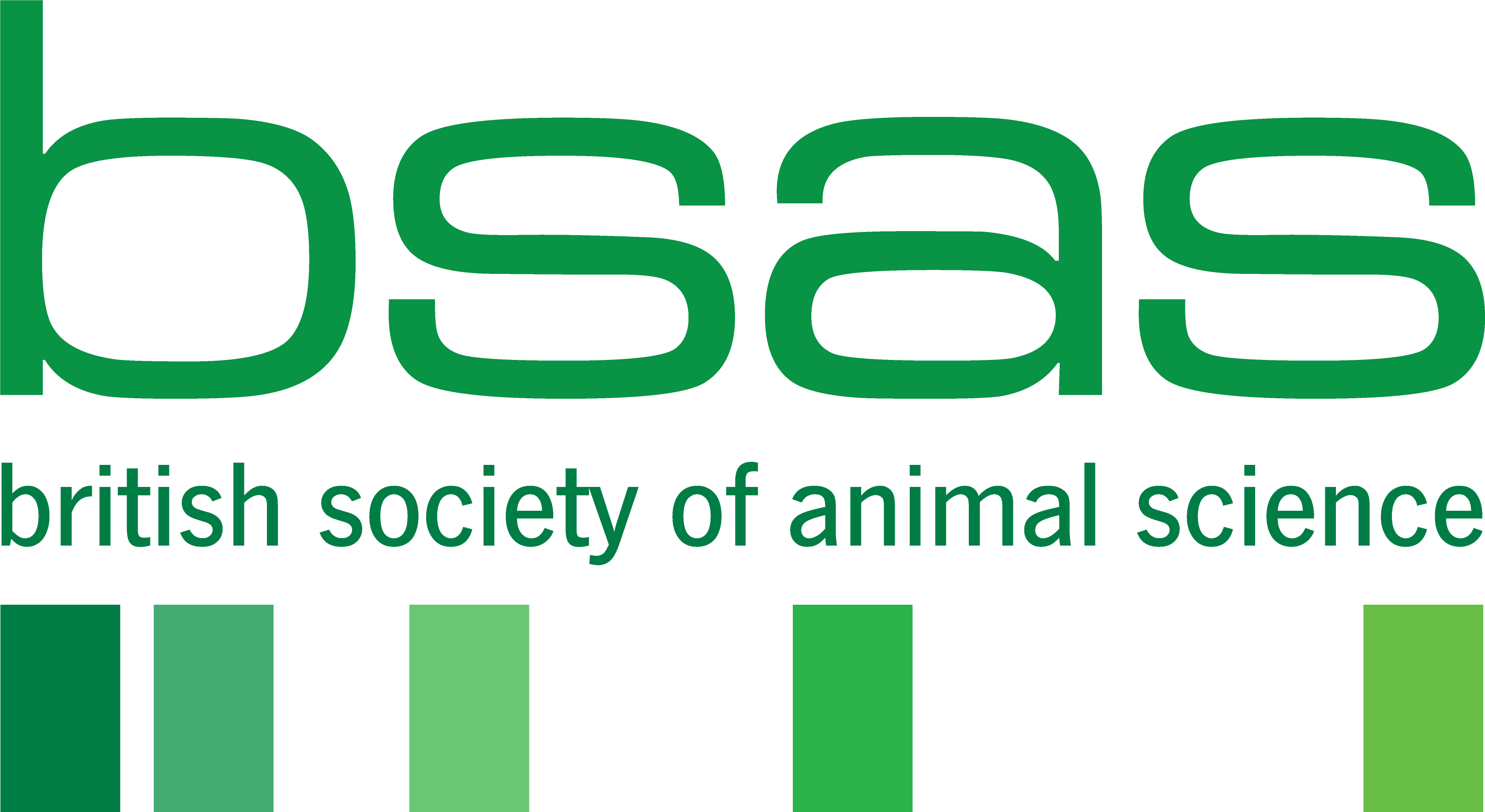- BSAS Equine Conference 2025: Bridging Science and Practice in Horse Care and Management
- PhD Researcher Stefan Yerby appointed as Trustee of the British Society of Animal Science
- Burleigh Dodds Science Publishing - 20% discount for BSAS Members
- Dr Grace O’Gorman Appointed as a new Trustee of the Society.
- View All
